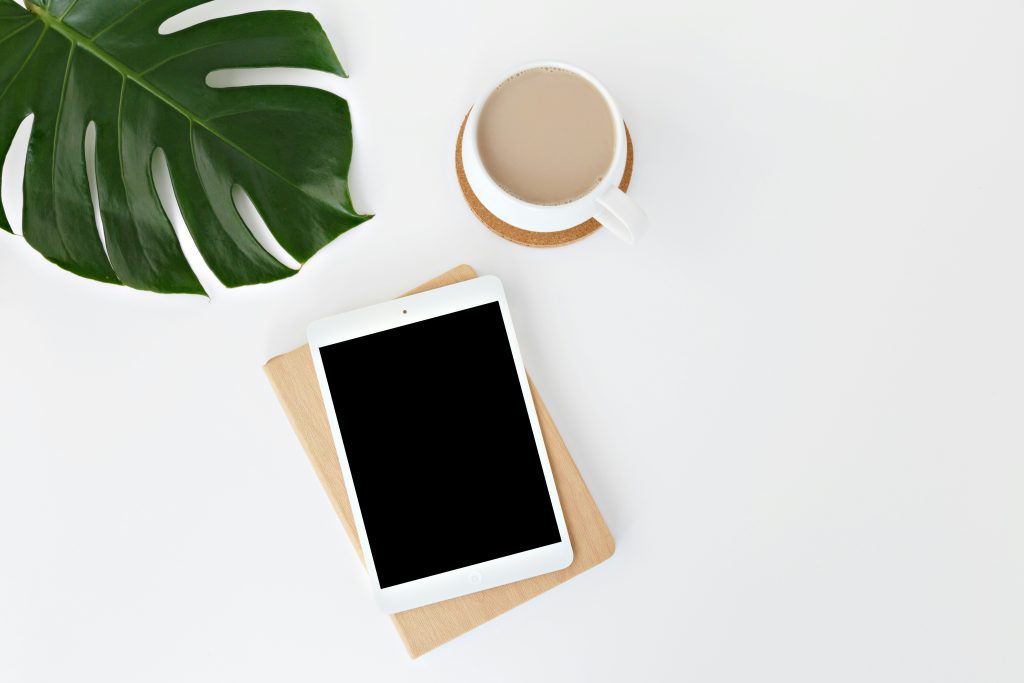Ever felt like your brain has more tabs open than Google Chrome on finals week? You’re not alone. In our hyper-connected world, stress is skyrocketing. Did you know that 77% of people experience physical symptoms caused by stress, according to the American Institute of Stress? That’s why I downloaded every app promising zen vibes—only to find myself staring at screens *more*. Enter the concept of a focus filter device, an emerging game-changer for managing digital overwhelm. But what exactly is it, and how can it work alongside stress management apps? Let’s dive in.
This guide will uncover:
- What a focus filter device is (and why you need one).
- How stress management apps can complement this tool.
- Actionable steps to implement them into your routine.
- A rant about bad design trends hurting productivity.
Table of Contents
- Key Takeaways
- The Problem: Why Stress Management Needs Help
- Step-by-Step Guide to Using Focus Filter Devices
- Tips for Maximizing Your Stress Management App Experience
- Real-Life Success Stories with These Tools
- Frequently Asked Questions About Focus Filter Devices
- Conclusion
Key Takeaways
- A focus filter device helps reduce screen-induced stress by limiting distractions.
- Stress management apps paired with focus filters create synergy for better mental clarity.
- Choosing the right combination of tools depends on personal preferences and goals.
Why Stress Management Needs Help When Screens Are Everywhere
I once had five meditation apps open while working—from Calm to Headspace—but all I did was scroll through their settings instead of actually meditating. Sound familiar? Screens are everywhere, but they often amplify anxiety rather than alleviate it. A focus filter device cuts through this noise by allowing you to set boundaries around notifications, app usage, and even ambient lighting during tech-heavy days.
Here’s the brutal truth: most devices we own are designed to hijack attention, not protect it. According to research from the University of California, Irvine, regaining focus after a distraction takes approximately 23 minutes. Imagine losing almost half an hour each time someone texts or Slacks you! Yikes.

Step-by-Step Guide to Using a Focus Filter Device
Optimist You: “This sounds amazing—I’m ready to reclaim my peace!”
Grumpy You: “Ugh, another gadget to learn… fine, let’s do it.”
Step 1: Understand What a Focus Filter Device Does
Think of these devices as gatekeepers for your phone/laptop chaos. They dim overly bright screens, block distracting notifications, and some even integrate directly with stress management apps. For example, imagine pairing your favorite guided breathing app with a device that dims harsh lights during nighttime sessions—it’s chef’s kiss for unwinding before bed.
Step 2: Choose Between Smart Glasses and Software Solutions
There are two main types of focus filter devices:
- Hardware Filters: Like blue-light blocking glasses, these sit physically between you and your device.
- Software Filters: Apps like f.lux or Iris adjust display settings automatically based on the time of day.
Step 3: Pair It With Your Go-To Stress Management Apps
Experiment with combinations! Try blending a mindfulness app like Insight Timer with a smart lamp that turns warm when you meditate. Or use Freedom (an app blocker) synced to dim your monitor whenever unproductive websites tempt you.
Tips for Making the Most of Your Setup
Let’s break down the best practices:
- Set Clear Intentional Hours: Dedicate specific blocks of “deep focus” daily where both your focus filter and chosen wellness app shine.
- Leverage Gamification: Use habit trackers within stress management apps to pair achievements with reduced screen distractions.
- Create Rituals: Start mornings by turning on both your filter device and calming playlist via an app like Endel.
- Avoid This Terrible Tip: Don’t keep switching apps/devices constantly—it defeats the purpose! Stick to one solid combo.
Go From Chaos to Calm: Real-Life Wins Using Focus Filters + Apps
Case Study #1: Sarah, a freelance graphic designer, struggled with burnout until she invested in a smart pair of tinted glasses paired with Forest app. She reported a 60% increase in focused work hours weekly after implementing her new system.
Case Study #2: Mark, a teacher juggling remote classes and grading, used Twilight software and Calm’s Daily Calm feature. He cut his evening cortisol levels significantly by syncing sunset timers with meditation routines.
Frequently Asked Questions About Focus Filter Devices
Q1: Do focus filter devices really make a difference?
Absolutely! Research shows reduced melatonin suppression improves sleep quality, which underpins mental wellness.
Q2: How much should I budget for a good focus filter?
Prices range from $20 for basic software solutions to $200+ for premium hardware options. Start simple if testing the waters.
Q3: Can kids benefit from these tools too?
Yes, especially given rising rates of childhood screen addiction!
Conclusion
Managing stress isn’t just about downloading fancy apps; it’s about curating systems that support calmness. By combining powerful stress management apps with innovative tools like a focus filter device, you’ll be well on your way to reclaiming control over your mental health journey.
To recap:
- Understand the role of focus filters in reducing digital overload.
- Pair thoughtfully selected apps with compatible devices.
- Consistency > perfection—stick to your rituals.
And remember, staying productive doesn’t have to feel impossible. After all, life ain’t Tetris—even the wrong pieces eventually fit somewhere.
Now go forth, dear reader, armed with knowledge, sass, and perhaps… a focus filter device.
Like poking fun at outdated gadgets, your productivity needs a fresh tune-up.
Beeep-boop-beeep. Goodnight, Tamagotchis.


